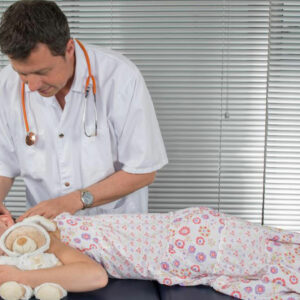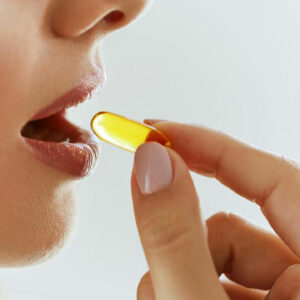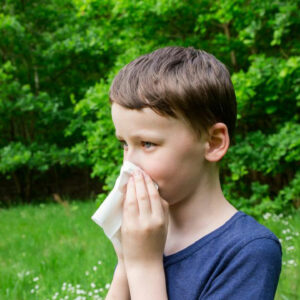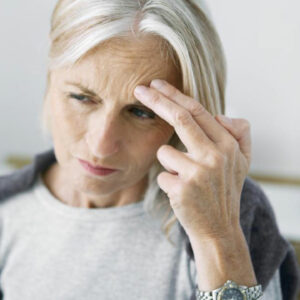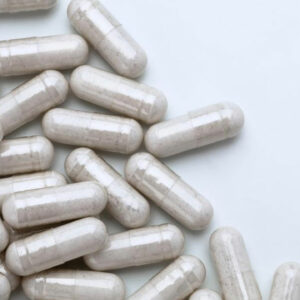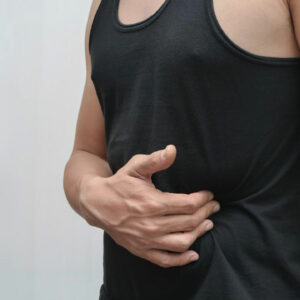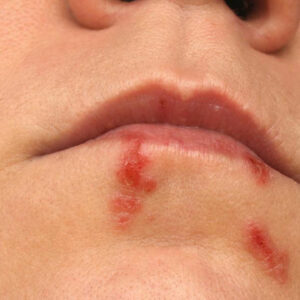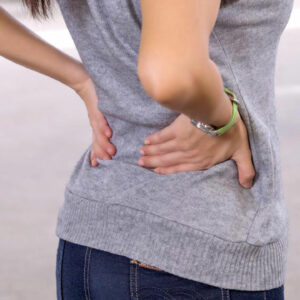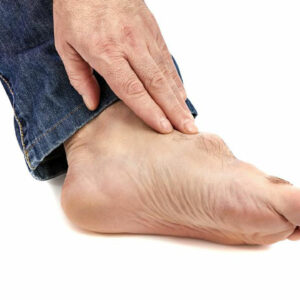
01
Effective Ways to Treat Low Levels of Testosterone
Testosterone, a hormone generated by the testicles, is required for boosting masculinity and muscle development. An increase in the levels of this hormone during adolescence is the reason why boys develop male characteristics such as facial hair and a deep voice. In addition to this, testosterone promotes red blood cell production, strengthens the bones, uplifts mood, and fosters mental capabilities. The levels of testosterone in the body peak during early adulthood and they begin to decline after the age of 40 years. Beyond the age of 50 years, men may complain of the symptoms of low testosterone levels such as alterations in sexual drive, impotence, anxiety, fatigue, gain in body weight, lowered muscle mass, and anemia. Although a reduction in the testosterone levels occurs as one grows old, it may occur owing to other health conditions such as infections, injuries, cancer treatments, hormonal or steroid drug consumption, stress, obesity, alcoholism, and severe illnesses. Normally, testosterone levels in the body range between 300 and 1000 nanograms per deciliter of blood. Men with levels less than this lower limit are deemed as suffering from low testosterone. This is a major concern for men. Hence one must consider consulting a doctor for low testosterone treatment. Who Needs Low Testosterone Treatment? Every individual diagnosed with a low testosterone level does not require treatment. Indeed, doctors say that low testosterone therapy is needed only when accompanied by several associated symptoms that are severe. Since treatment of low testosterone involves certain risks such as increased disposition towards blood clotting, breast enlargement, acne, and stroke, physicians prefer to identify the cause of reduced blood testosterone levels. If an individual suffers from unnatural weight gain, thyroid disorders, or side effects of certain medications are determined as the cause, these reasons are addressed and treated as a priority. Similarly, if men do not suffer from important symptoms such as decreased energy levels and sexual desires, doctors do not immediately recommend therapy.
Read More 